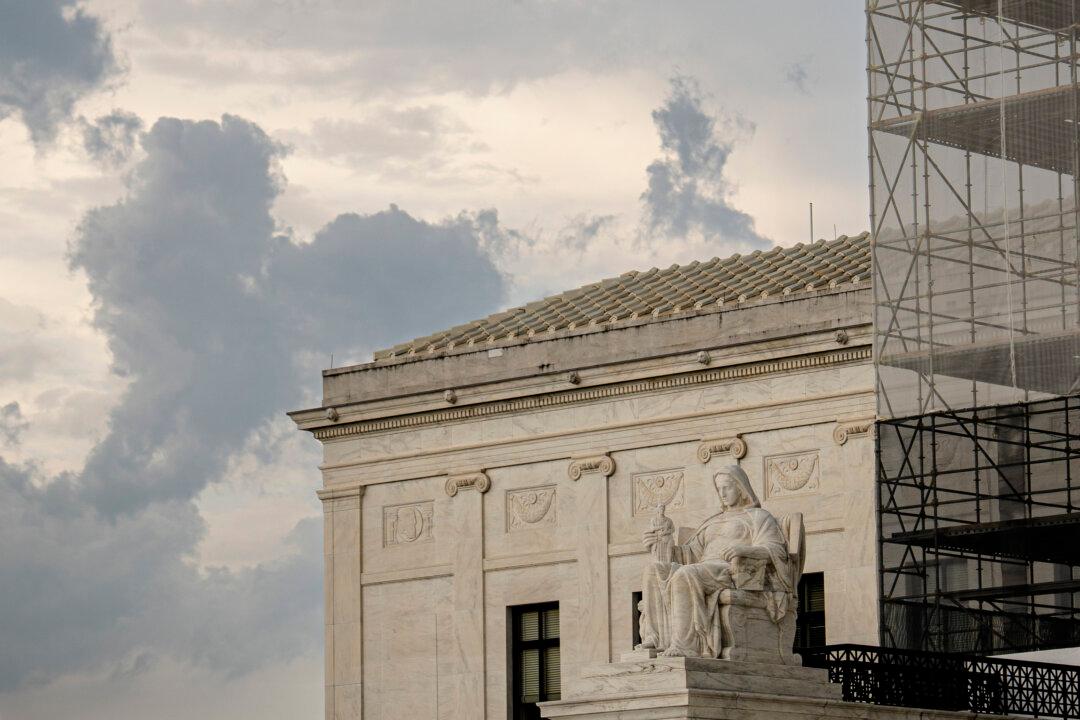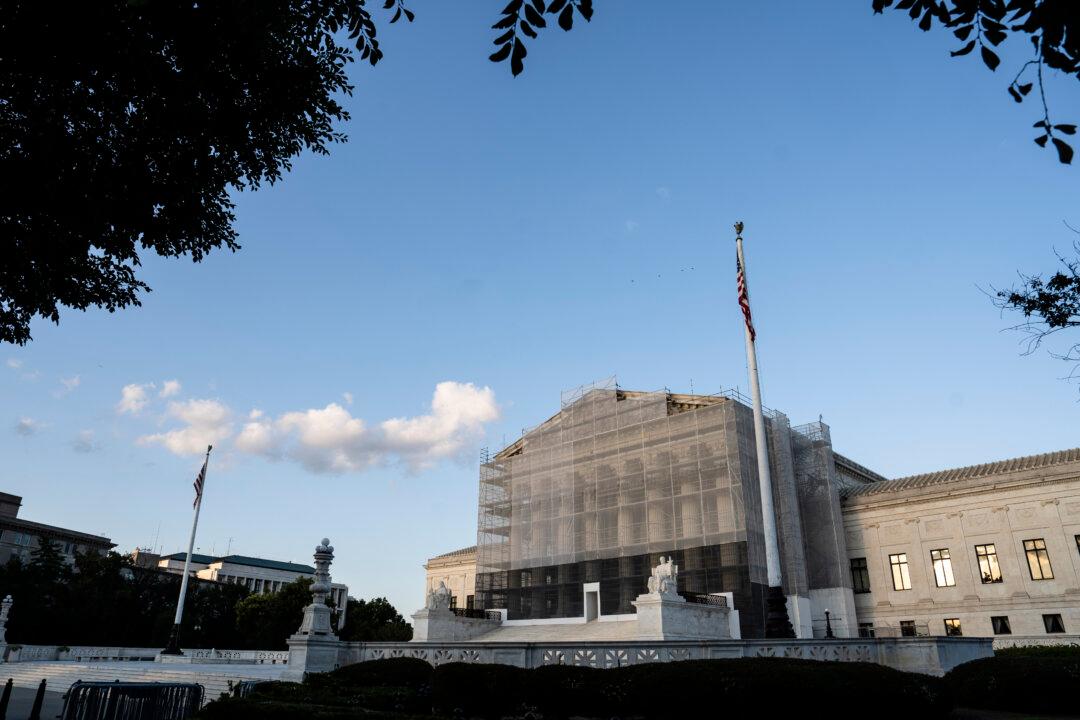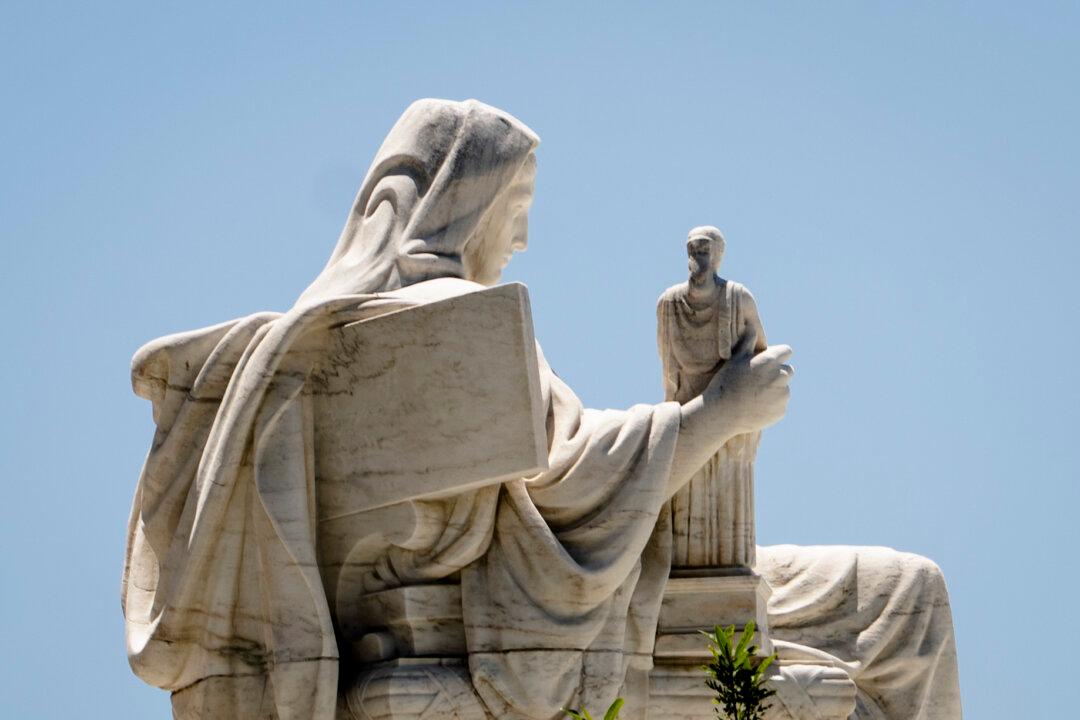Let’s begin with some terminology. An injunction is a kind of court order directing a person to do, or (more commonly) not to do, something. A preliminary injunction is an order (usually) freezing the status quo temporarily, until a court has a chance to consider the merits of a case.
Although Trump v. CASA often is called the “nationwide injunction” case, it was not really about nationwide injunctions. It was about universal injunctions.
Nationwide injunctions are uncontroversial if they apply only to a party in a case or against a party in the same case. If Smith is harassing me and I go to federal court to stop him, the court can prevent him from harassing me anywhere in the United States. That’s a nationwide injunction, and it is legal and appropriate.
The Executive Order
The Constitution’s 14th Amendment reads in part, “All persons born ... in the United States, and subject to the jurisdiction thereof, are citizens of the United States.”The Power of Federal Courts
The Constitution creates only one federal court: the U.S. Supreme Court. The Constitution merely authorizes Congress to create others (“inferior Courts”) (Article III, Section 1). Congress has created inferior courts by statute.The Constitution also lists the powers that Congress may confer on these federal tribunals. Article III, Section 2 states, “The judicial Power shall extend to all Cases, in Law and Equity, arising under this Constitution, the Laws of the United States, and Treaties made, or which shall be made, under their [i.e., the United States’] Authority.”
The phrase “law and equity”—often referred to as “common law and equity”—refers to the two most important branches of our civil jurisprudence. We inherited them from the English legal system. This meaning of “equity” has nothing to do with the word’s appropriation by modern “diversity, equity, and inclusion” promoters.
Injunctions are issued in equity cases but not in common law cases.
The Issue Before the Supreme Court
When interpreting a statute, the ultimate goal is to recreate the understanding (“intent”) of the legislature that passed it. Accordingly, in Trump v. CASA, the Supreme Court inquired whether the 1789 Congress intended to grant federal judges authority to issue universal injunctions.Neither the statute’s text nor the congressional debates addressed this question directly. Accordingly, the Supreme Court examined the law of 1789 to learn whether “equity” then included universal injunctions. The answer was “no.”
The Dissents
Justice Sonia Sotomayor wrote the principal dissent for herself and for Justices Elena Kagan and Ketanji Brown Jackson. Jackson penned a separate dissent.Yet Jackson’s opinion has some merit as well. It includes stirring, and entirely true, language on the nature of our republic and of the rule of law. In my view, that makes it worth reading.
Sotomayor’s principal dissenting opinion argued that the majority was construing the scope of “equity” too narrowly. She also observed that courts of equity traditionally could grant a remedy called a “bill of peace,” which was effectively an injunction in favor of non-parties. But as the majority pointed out, bills of peace were more limited than universal injunctions. Moreover, bills of peace have been superseded by class actions. Class actions are subject to stringent rules, and universal injunctions allow plaintiffs to unfairly evade those rules.
An Irony
In dismissing the “taxpayer action” argument, the court was abiding by a practice it generally has followed for over a century: banning from federal court most constitutional challenges brought by some taxpayers on behalf of all taxpayers. This ban dates from two 1923 companion cases: Frothingham v. Mellon and Massachusetts v. Mellon. They dismissed state and taxpayer challenges to a federal welfare-spending program. The challengers claimed the program violated the 10th Amendment by intruding on the exclusive jurisdiction of the states.The Dissents and the Executive Order
A principal flaw in the dissenting opinions is that they jumped to the conclusion that Trump’s executive order was illegal before reviewing full and fair argument on the subject. Thus, Sotomayor began her opinion by flatly declaring, “Children born in the United States and subject to its laws are United States citizens.” (Actually, she misquoted the 14th Amendment: It says “jurisdiction,” not “laws”; they may not mean the same thing.)Sotomayor then went on for page after page arguing that the executive order was unconstitutional.
Admittedly, in considering a request for a preliminary injunction, a court must give some attention to the merits of the case. But the scope of “birthright citizenship” is a difficult issue, and there is respectable opinion on all sides. Even Sotomayor qualified her initial statement later in her dissent.
Americans are entitled to a Supreme Court decision issued only after all sides have their say and the question has been thoroughly briefed and considered. I believe that most of the justices recognize this—which is why they deferred the matter to a later day.







